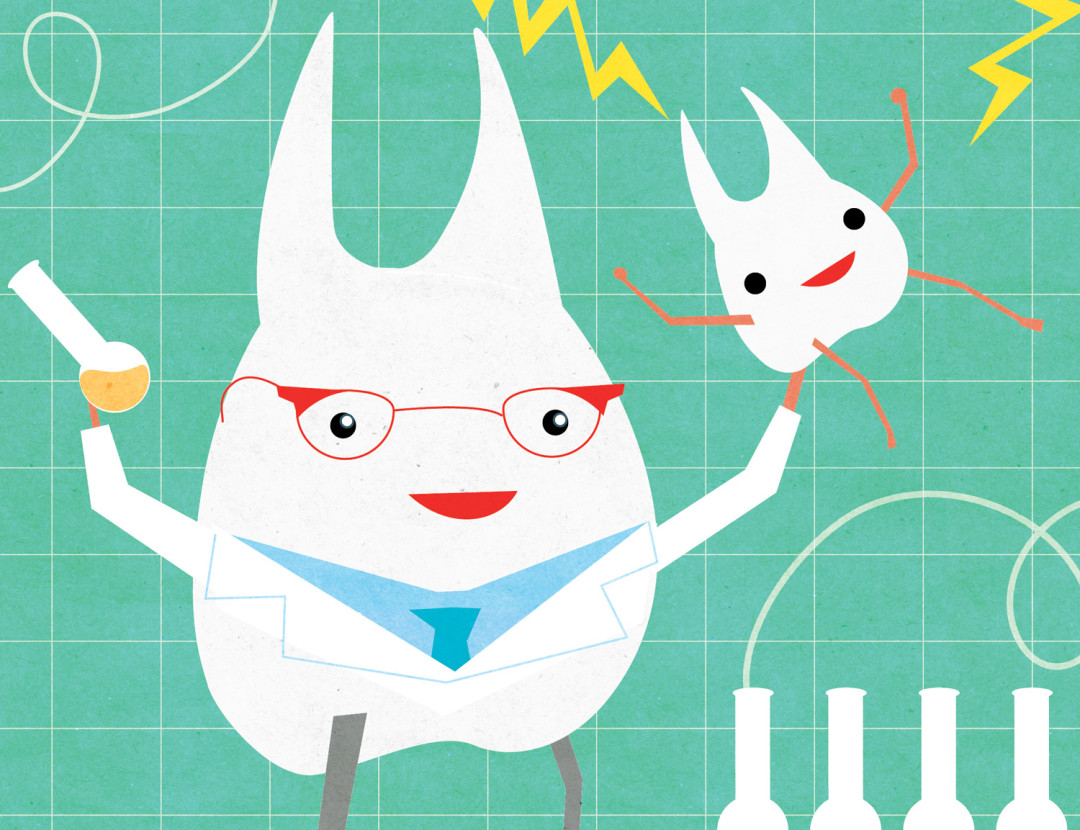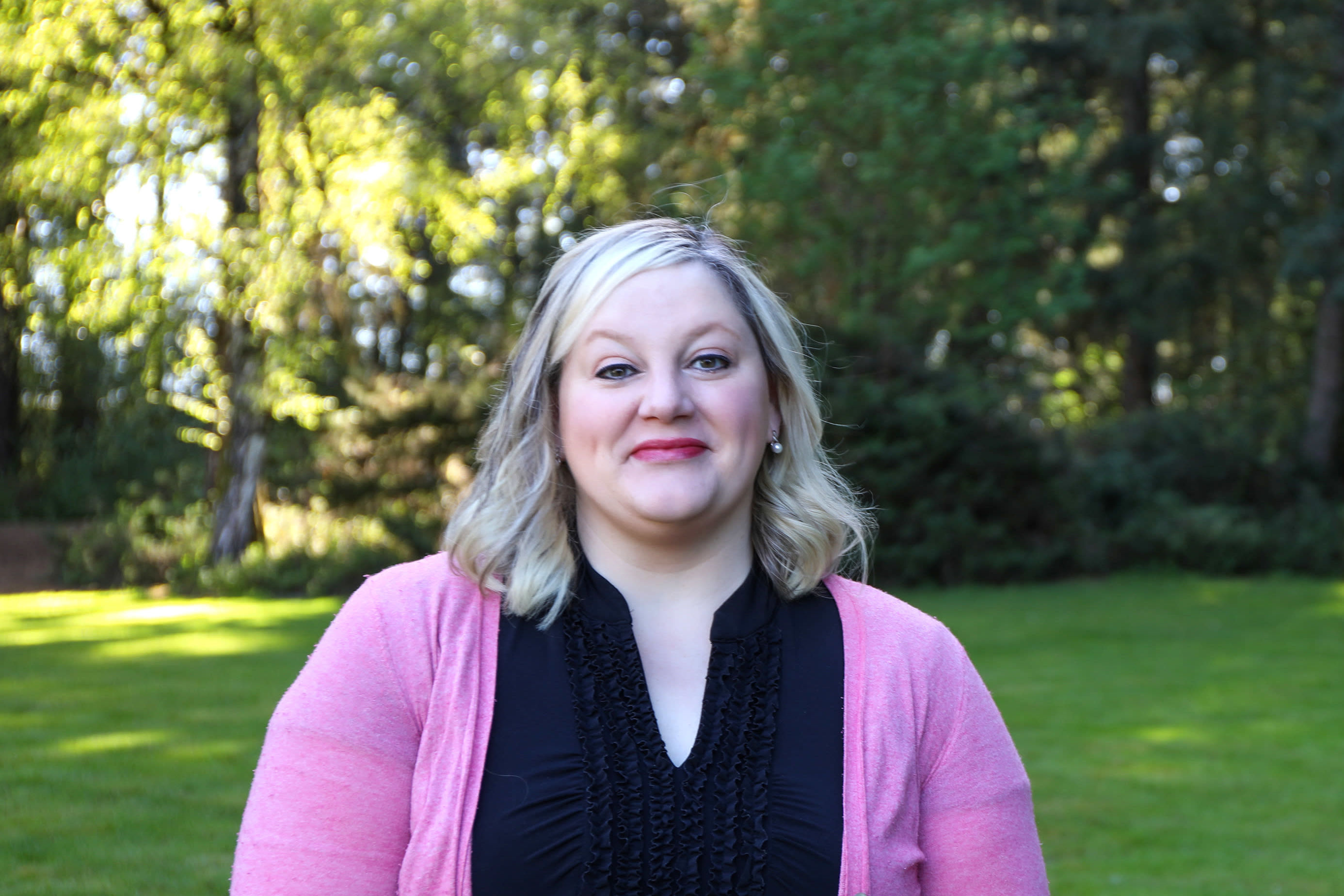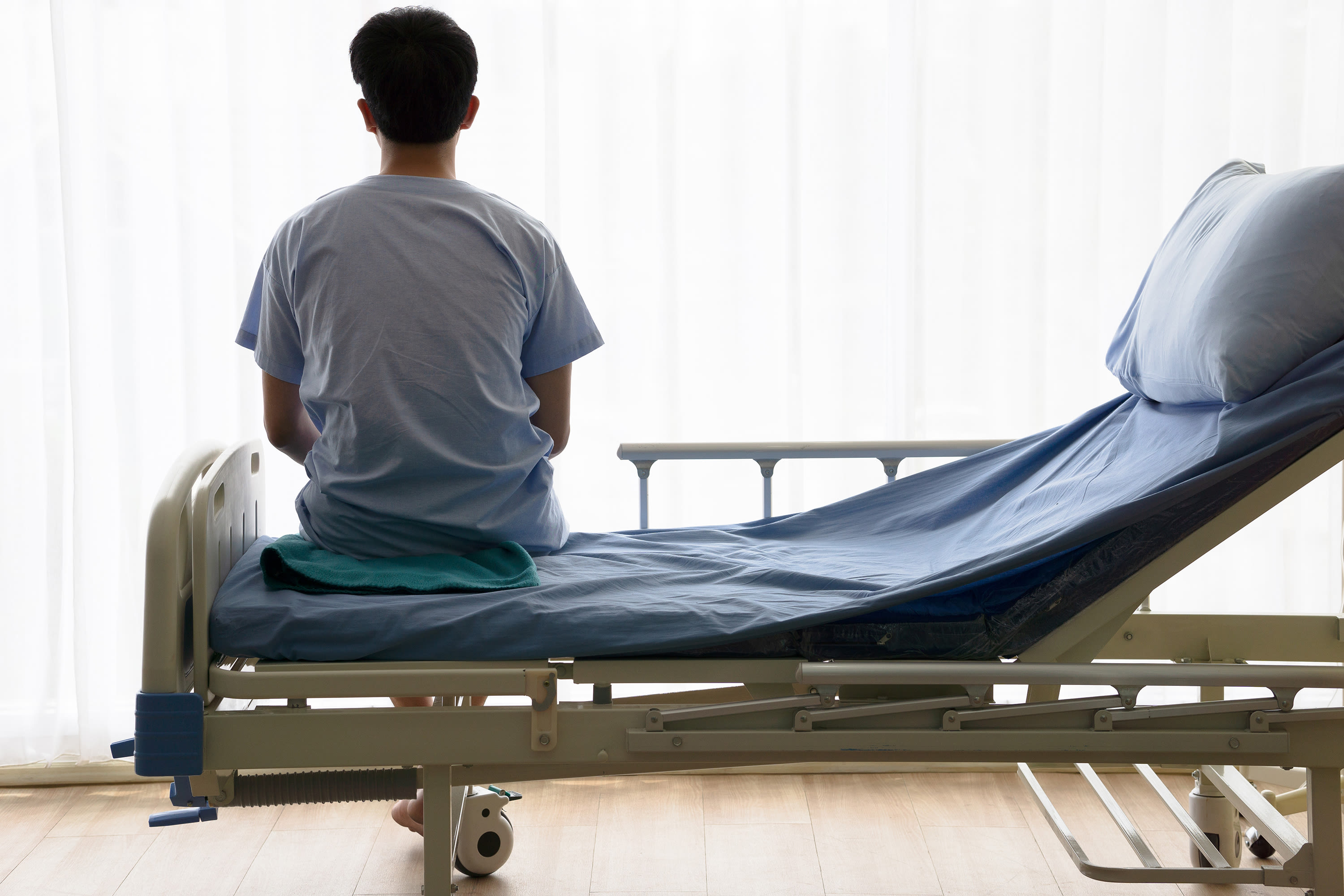Are Lab-Grown Teeth the Key to Dentistry's Future?

Image: Amy Martin
Phillip Marucha, the dean of the Oregon Health & Science University’s dentistry school, is positively giddy as he surveys the gleaming hallways of the Skourtes Tower, the school’s year-old South Waterfront home. No wonder. In 2013, his first year as dean, Marucha worked in a crumbling facility that had trained dentists since 1956. Now, he and his colleagues roam nine light-flooded stories in the Collaborative Life Sciences Building—pursuing a vision to match their surroundings.
“We’re training the dentists of the future, not the past,” says Marucha, 63. He pauses to examine boxes of just-delivered CAD crown-milling instruments lining one classroom wall. “Dentistry will be more integrated with all of health care, and we’ll provide the link.” A visit to Marucha’s new domain, which opened last June, offers a glimpse of a profession in the midst of a technological and philosophical makeover.
The OHSU faculty already takes the tooth trade far beyond the familiar semiannual scrape, blazing new paths in genomics, radiology, and neurosurgery. In his three years at the school, Daniel Petrisor has stretched the definition of oral surgery—for example, using subcutaneous arm flesh to replace tongue tissue, or connecting salivary glands to tear ducts to reverse a patient’s severe dry eye. Shawneen Gonzalez, a relatively new recruit to the faculty, is the state’s only radiologist certified to read a cone-beam scanner—think high-resolution images of mouth, sinuses, skull, and spine. She consults with surgeons across the state to design customized implants and less invasive surgeries. Professor Jack Ferracane is working on “bioactive glass” to replace standard fillings with microbe-fighting, tissue-like composites.
To Marucha, these advances only hint at what’s to come. “In the future, everyone will come to us with their genome,” the dean says. “That will allow us to detect susceptibility to future oral health problems. We’ll be regrowing the jawbone. And within a decade or so, we’ll be able to grow new teeth.”
Marucha says the larger health care system is belatedly recognizing that dentistry is key to whole-body health, and that dentists can serve as an early-warning system. “You don’t see your primary doctor until something is wrong, but you may go in to your dentist a couple times a year,” he says. “We’ve been taking blood pressure at check-in for decades. Now, we do chair-side glucose.”
Treating oral disease early can dramatically increase children’s time in school (nationally, 51 million hours are lost to dental pain each year) while reducing ER visits (nontraumatic dental problems cost Oregon taxpayers an estimated $8 million in 2014). A recent study linked gum disease treatment for thousands of patients to substantial reductions in other medical costs, including those related to pregnancy, diabetes, and heart disease.
Realizing that potential, however, requires progress in a realm in which modern American dentistry is decidedly less impressive: patient access. As recently as 2013, nearly 40 percent of Americans lacked dental insurance. OHSU’s 100-square-foot “safety net” student clinics can accommodate up to 90,000 patient visits a year, with dentists-in-training providing discounted dental care—generally at half the cost of a private clinic—to vulnerable, low-income, often underinsured groups like single parents, children, and the elderly.
“OHSU is taking the lead in trying to get more dental care to Oregonians,” says Dr. Bruce Austin, statewide dental director for the Oregon Health Authority. “They’re doing exciting things with the curriculum, and getting students out into the rural areas.”
Marucha’s plans don’t stop with students; in the near-term, his rock-star faculty is set to go even deeper into specialized research in advanced materials, stem cell biology, or oral cancer. “We’re getting ready to hire eight to 10 researchers that will put us in one of these directions,” says the dean, smiling as he strides through an open-plan clinic. A bank of high windows offers sweeping views of the Willamette and the Marquam Bridge curling over the river and to the north.
“This is what I see,” he says. “The dental school going in a different direction, toward that future.”




